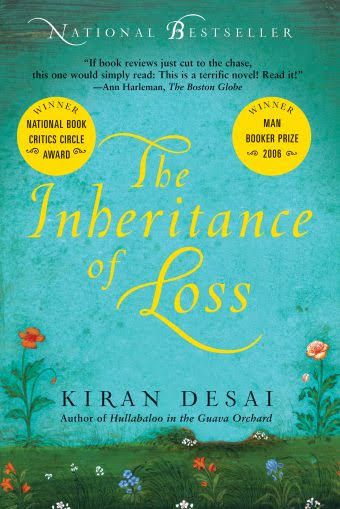The Inheritance Of Loss
Jul 23, 2019 • 23 views
Kiran Desai is undoubtedly one of the most original and remarkable writers of her generation. The Inheritance of Loss is the second novel published by Kiran Desai in 2006. It won a number of awards including the Man Booker Prize for that year, the National Book Critics Circlr Fiction Award in 2007 and the 2006 Vodafone Crossword Book Award. It was written after a period of seven years after her first novel, the critically acclaimed Hullabaloo In the Guava Orchard .
Among its main themes are migration, living between two worlds, and between past and present. The story is cantered on two major characters : Biju and Sai. Biju is an illegal Indian Immigrant living in the USA. Son of a cook who works for Sai’s grandfather. Sai is a girl living in mountainous Kalimpong with their maternal grandfather Jemubhai. Desai switches a narration between both point of views. The action of the novel takes place in 1986.
The novel shows in the internal conflict on India between groups , also the conflict between past and present . There is rejection yet an awe of the English way of life, the opportunities for money in the US and the squalor of living in India. The major theme running throughout is one closely relates colonialism, the loss of identity. The Gorkhaland movement is used as a historic backdrop of the novel.The Inheritance of Loss explores the lives of characters who are trapped in India’s class system- both the lower class and the upper class.

Through the character of Biju, Desai portrays the dilemma in the immigrants life , a dilemma to choose between the east and the west. In reality a majority of migrants feel miserable and alienated exactly like Biju. When faced with problems, they realise the fact and start longing for their homelands.And hence Kiran Desai is able to present a very well carved out picture of the various problems that the immigrants face and the complexities of emotions that arises due to these changes , in her work.
